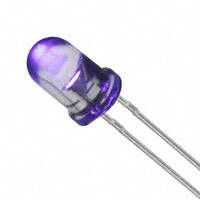PerfectNeglect
New Member
I apologize in advance for my ignorance concerning most electronics, but I suppose I have to start somewhere.
I do costume and prop fabrication and I have hit a snag with lighting. I need to install an LED in a helmet that will light when the wearer speaks, but the searches I've tried have only turned up results for larger-scale, music-activated lights. Because I need to fit this into a helmet, I need it to be smaller scale and only need to include one LED in the circuit.
If anyone would be willing to help point me in the right direction with this, it would be very much appreciated.
I do costume and prop fabrication and I have hit a snag with lighting. I need to install an LED in a helmet that will light when the wearer speaks, but the searches I've tried have only turned up results for larger-scale, music-activated lights. Because I need to fit this into a helmet, I need it to be smaller scale and only need to include one LED in the circuit.
If anyone would be willing to help point me in the right direction with this, it would be very much appreciated.


